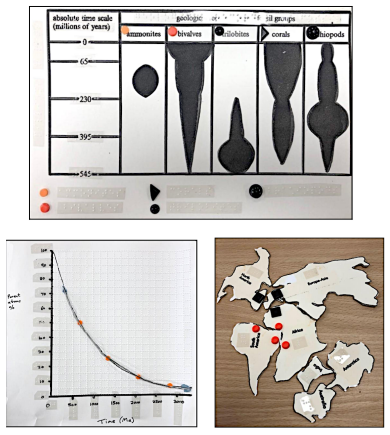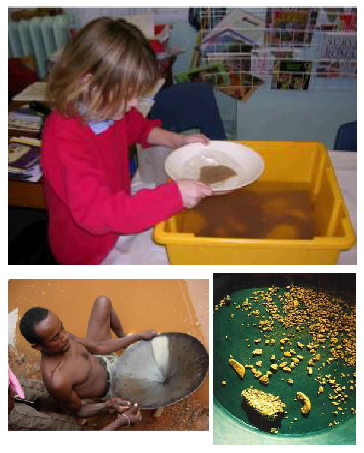The new ELI today continues the 'Essential minerals' series with 'Essential Minerals for the Green Revolution – 7 Gold: an essential mineral – or is it?'
This activity raises awareness of the main world uses of gold and the frequent abuses of human rights in some of the main gold producing countries.
Other ELIs in the series can be found in our 'Minerals' section of the Earth Materials category.

















































